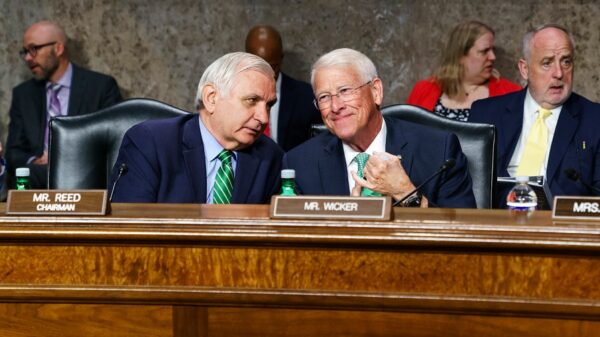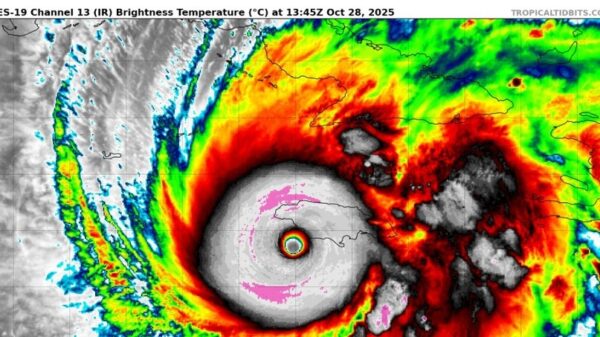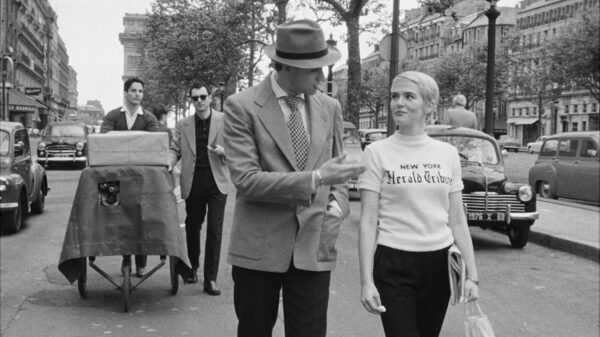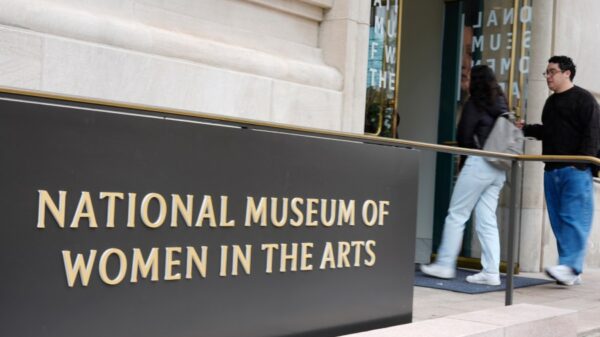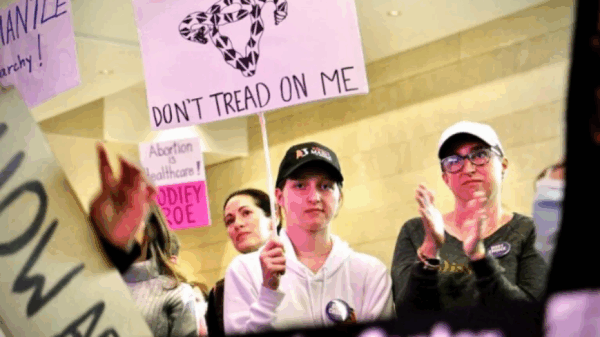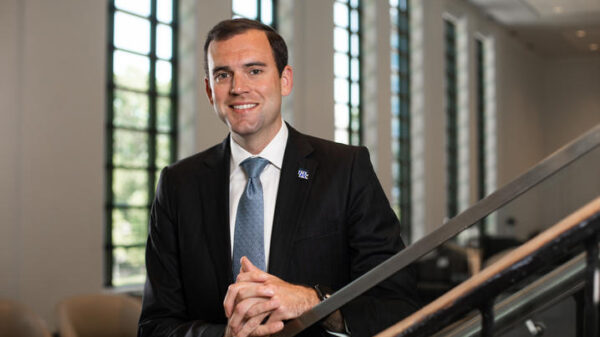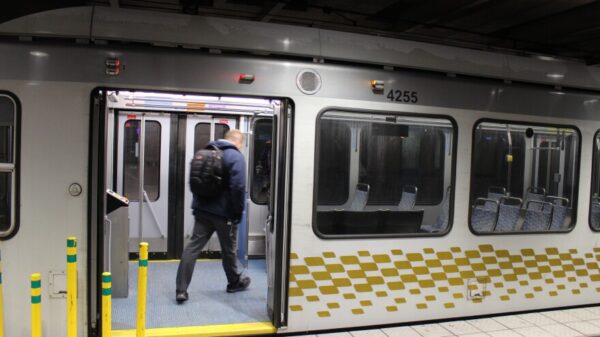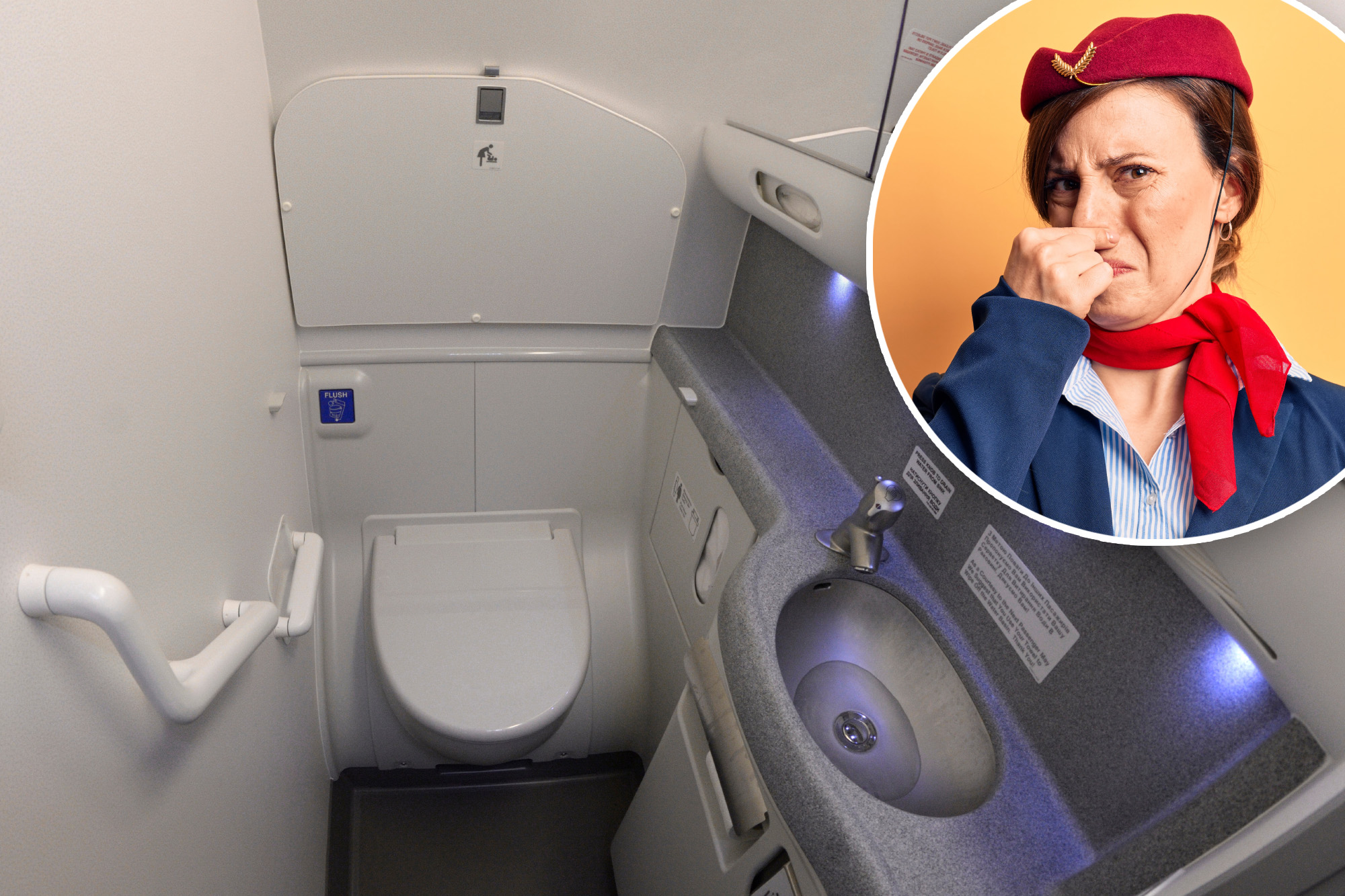Airlines are facing challenges with passenger behavior in airplane bathrooms, particularly concerning the use of Western-style toilets. According to retired flight attendant Marcus Daniels, there is a growing trend of inappropriate use of lavatories, which airlines hesitate to address for fear of offending passengers. This issue has been noted especially on flights to and from regions where unfamiliarity with modern toilet facilities is common.
Daniels, who worked for over five years in Australia and the Middle East before retiring in 2019, explained that some passengers have difficulty using airplane toilets correctly. “Passengers will defecate on the floor and you just do your best to smile and not say anything,” he told the Daily Mail. Such incidents have made cabin crew members increasingly concerned about maintaining cleanliness at 30,000 feet.
The problem is largely attributed to cultural differences in toilet usage. According to Mobility International USA, approximately four billion people globally use squat toilets, which operate quite differently than Western-style facilities. In fact, a report from the World Bank noted that around 420 million people still defecate in the streets, highlighting the challenges faced when these individuals travel by air.
On specific routes, cabin crew members notice a pattern of bathroom mishaps. Daniels mentioned that it is “not really a problem in first-world countries,” as passengers are generally accustomed to using Western toilets. However, on flights to certain destinations, he and his colleagues often find themselves checking the toilets more frequently to ensure they remain usable.
“The toilets can become unsanitary very quickly,” Daniels said, recounting a flight where a passenger repeatedly urinated on the floor despite attempts to provide guidance. “I had to lock off the toilet for the rest of the flight.” He emphasized that the lack of education regarding toilet usage is a significant factor, particularly since many confused passengers do not speak English as their first language.
The need for better communication about proper toilet use has become evident. Daniels suggested that airlines could benefit from implementing visual guides that demonstrate how to use the facilities correctly, rather than just providing instructions on flushing. “It would be great if there were visual guides showing how to use the toilet properly,” he noted.
Despite these ongoing challenges, there appears to be little movement toward addressing the issue. Airlines are often cautious about how they communicate with passengers in order to avoid causing offense. “Airlines are very particular about how they communicate with customers because they don’t want to offend anyone,” Daniels stated. He believes that a visual guide on toilet etiquette would significantly improve the situation.
The implications of inadequate bathroom etiquette extend beyond mere inconvenience. In March 2023, Air India faced significant operational challenges when passengers clogged airplane toilets with clothing, leading to the diversion of an international flight. Such incidents illustrate that even minor issues can escalate quickly in a confined space like an aircraft.
Airlines continue to navigate the complexities of passenger behavior and cultural differences, particularly regarding bathroom use. As the aviation industry evolves, the need for effective communication and education around toilet etiquette remains crucial to enhancing the travel experience for all passengers.


